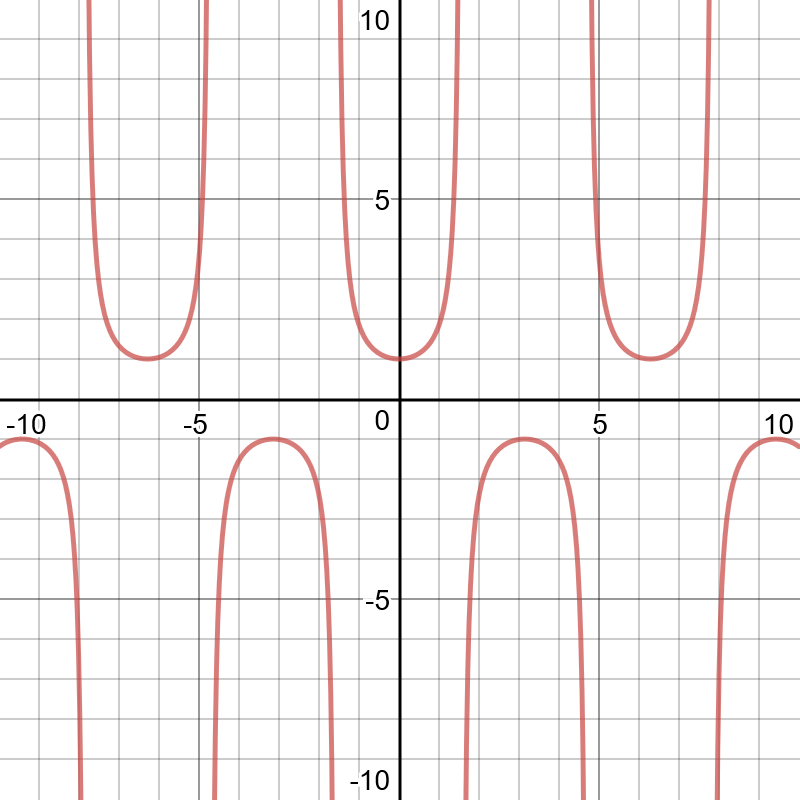How do you find the amplitude and period of a function #y=-3sec(-6x)+2#?
1 Answer
Feb 13, 2018
No amplitude for
Explanation:
Our function is in the form

Technically, the graph of
The period, however, can be determined using our formula:
In this case, b is the coefficient on our x-term, which is
Additionally, you can find more info on amplitude, period and phase shift on the site below:
https://www.mathway.com/popular-problems/Precalculus/401080

